The history of tea is mind-boggling complicated. Tea as a drink is simply a herb stewed in hot water. As such, you can make ‘tea’ out of just about any aromatic plant, and many countries have adopted different styles of tea depending on how and when they encountered it. However, the tea story worth telling is the one that begins in China and ends on the breakfast table of the jolly-old British.
The tea trail begins two hundred years before the birth of Christ, in the tomb of Emperor Jing of Han in Shaanxi Province in central China. There, archeologists discovered traces of Camellia tea. It is thought that the Han Dynasty used tea as a medicine, and it is partly true that the British NHS still uses tea as a medicine.
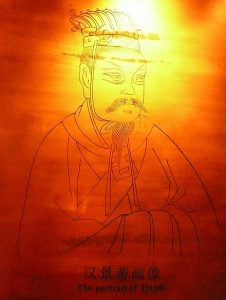
The Chinese kept their tea to themselves for pretty much a thousand years, until the 8th Century Tang Dynasty when the Koreans and the Japanese were let in in the secret.
It took another 800 years before the Brits discovered tea. There is a record from 1615 in which the head of the Japanese office of the notorious East India Company (EIC) sent a despatch to Macao asking for a shipment of ‘chaw,’ which would be a derivation of ‘chaa,’ which was, in turn, the colonial term for ‘tea.’ In 1657, Thomas Garway, a coffee and tobacco seller, expanded his enterprise to include the first British commercial sales of tea. Garway’s shophouse was in Exchange Alley, London, which is off Lombard Street in the present day City of London. In 1706, Twinings opened its famous building at 216 Strand, London, which is now a tiny place sandwiched between a Pret and the Soho Coffee Co – but it is still there … just:
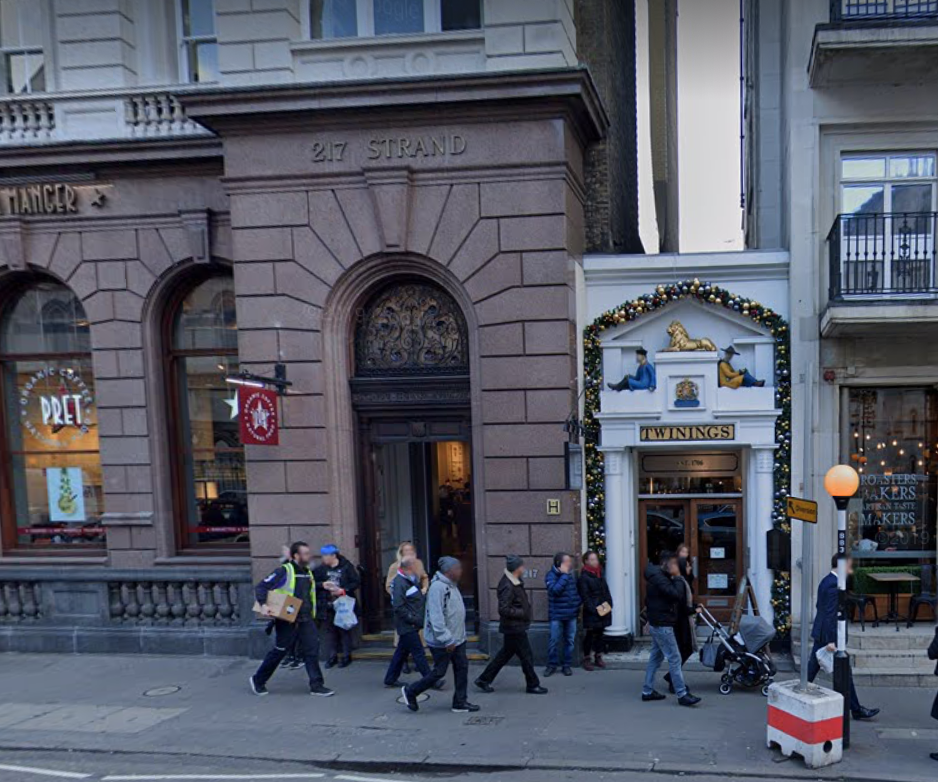
1664 was the watershed year for British tea. It was in that year that tea was sold to the Royal court of King Charles II. In Britain today, it is true to say that the Royal family (with the exception of the late Diana, Princess of Wales) are not exactly trendsetters. However, back in the day, everyone wanted to follow royal fashions. Once tea was at Court, there was no stopping the stuff.
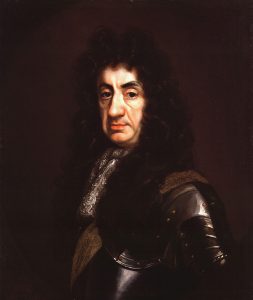
Throughout the 1700s, tea was drunk exclusively by the elite who could afford it. The general hoi polloi were fiscally denied access to what would be come the national drink of the UK.
But there was a dark side to tea consumption at that time. The Chinese refused to trade tea for goods in the belief that the resources of their ‘Celestial Empire’ were so vast that it did not need to import anything. Therefore, Chinese traders demanded silver bullion in exchange for tea, and this practice began to deplete the British Treasury.
However, this was the Age of Empire, and the zenith of the EIC – that peculiar, part-state, part-company, part-pirate, part-army corporation with a license to do whatever it liked as long as it lined the pockets of the Treasury in Whitehall. In order to re-fill the British coffers, the EIC used Indian soil to grow poppies, which it refined into opium and sold globally to anyone who would buy it.
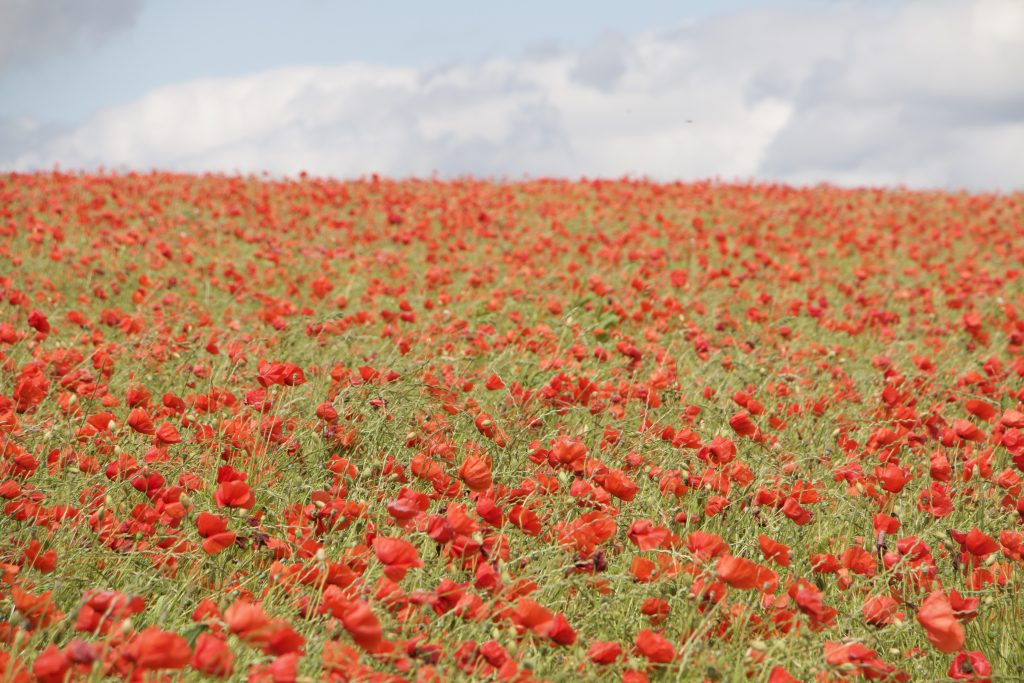
Entering the international drugs trade has never been a sustainable model for stable wealth, and the Chinese were getting fed up of British opium ending up in the pipes of its population, and they came down hard on the British. War broke out, and 20,000 Chinese died, along with about 350 British. Seen the writing on the wall for its heroin dealing, the EIC set about smuggling Chinese tea plants and planting them in India. This enabled Britain to extract itself from the claws of Chinese tea traders. Tea was planted in Darjeeling, Assam and Ceylon, and Britain was finally self-sufficient in the leaf.
British tea is now relatively cheap, and we British drink gallons of the stuff daily. With familiarity comes a degree of casualness, and the preparation of tea has, in many quarters, become a little distorted.* Nowhere is this more obvious than in America, in continental Europe and on aircraft (even if the planes are operated by British Airways).
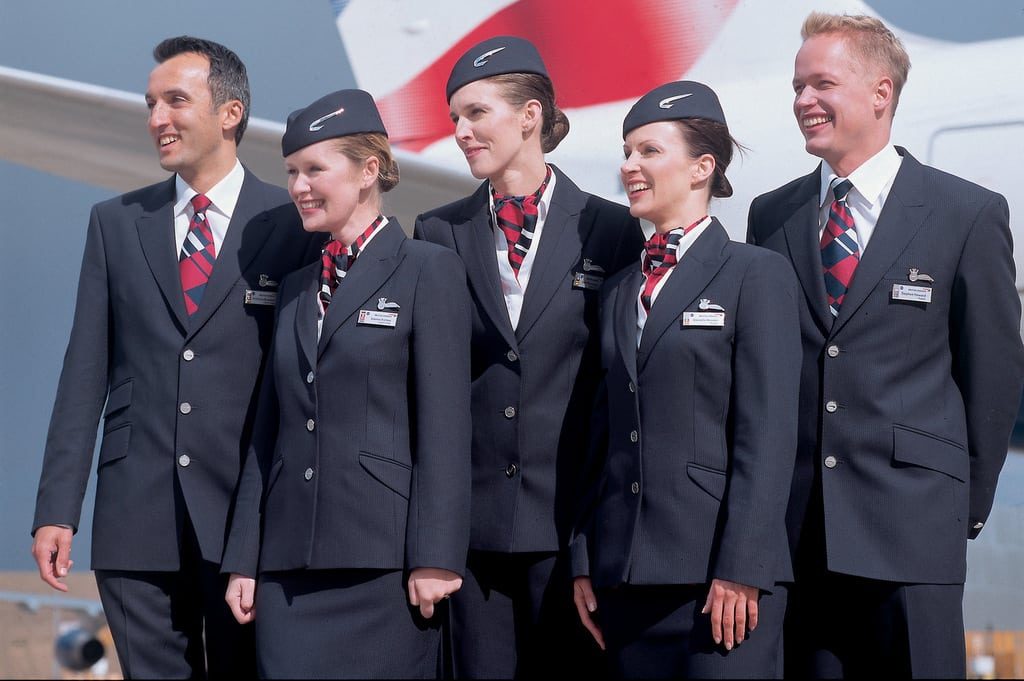
Yorkshire Tea has published a helpful guide to the perfect pot (or mug) of tea, and it should be commended not only for providing the method, but also the reasons why tea is a better drink if care is taken over its preparation. The key element in tea making is heat. You need heat to extract the essential oils from the tea leaves to create flavour. This means that the following methods of tea production will result in shit tea every time:
- Cup, jug of hot water and a teabag on a string (the basic method employed in American and Europe).
- Using the water outlet from a coffee machine, even if it has a picture of a teabag on it.
- Making it on an aeroplane (water does not boil at 100˚C on an aircraft).
- Using water that is not actively boiling when it is poured onto the tea.
- Using too much tea because the little silver tea caddy you have can fit more in it.
- Milk in first. This is a historical practice made popular when tea china was poorly made and would break if hot tea was poured in. This was not a problem for the elite, however, who have always added milk to their hot, poured tea.
Factors that ensure tea success are:
- Use boiling (not boiled) water.
- Pre-warm the pot and cups if you can.
- Use the correct amount of tea per person.
- Let it brew, but not stew.
*We accept that tea is made differently in its Oriental countries of origin, and we would never suppose that the British style ought to be used over there.
Tea
Ingredients
- Tea
Instructions
Boil a kettle of water and pour it into an empty teapot to warm it.
Set a second kettle water to boil, and while it is doing so, pour the water from the teapot into your cups to warm them also. Put 1 teaspoon of loose tea in the pot per person, plus one extra (or use two teabags).
Once the water is actively boiling pour it immediately onto the tea in the pot. Stir briefly, close the lid, and let the pot stand to brew the tea for about 4–5 mins. Discard the water in the cups.
Strain the tea (not needed if using bags) into the cups. Add milk and sugar to taste.
Notes
This method is for a large, multi-cup teapot. Reduce quantities for one-person teapots.



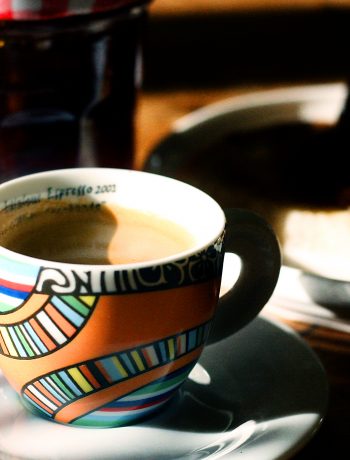
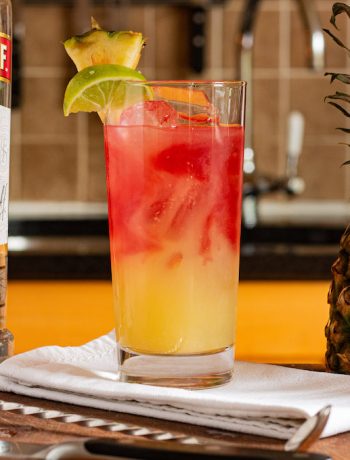
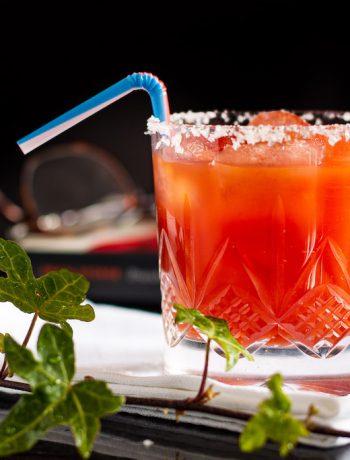
2 Comments
Pink Pearl
16/07/2019 at 5:29 amGood post. I learn something totally new and challenging on blogs I
stumbleupon every day. It will always be interesting to read through articles from other authors and practice something from other
web sites.
Nigel Eastmond
16/07/2019 at 10:10 amThanks, Pink Pearl. We find out loads ourselves while we do these.